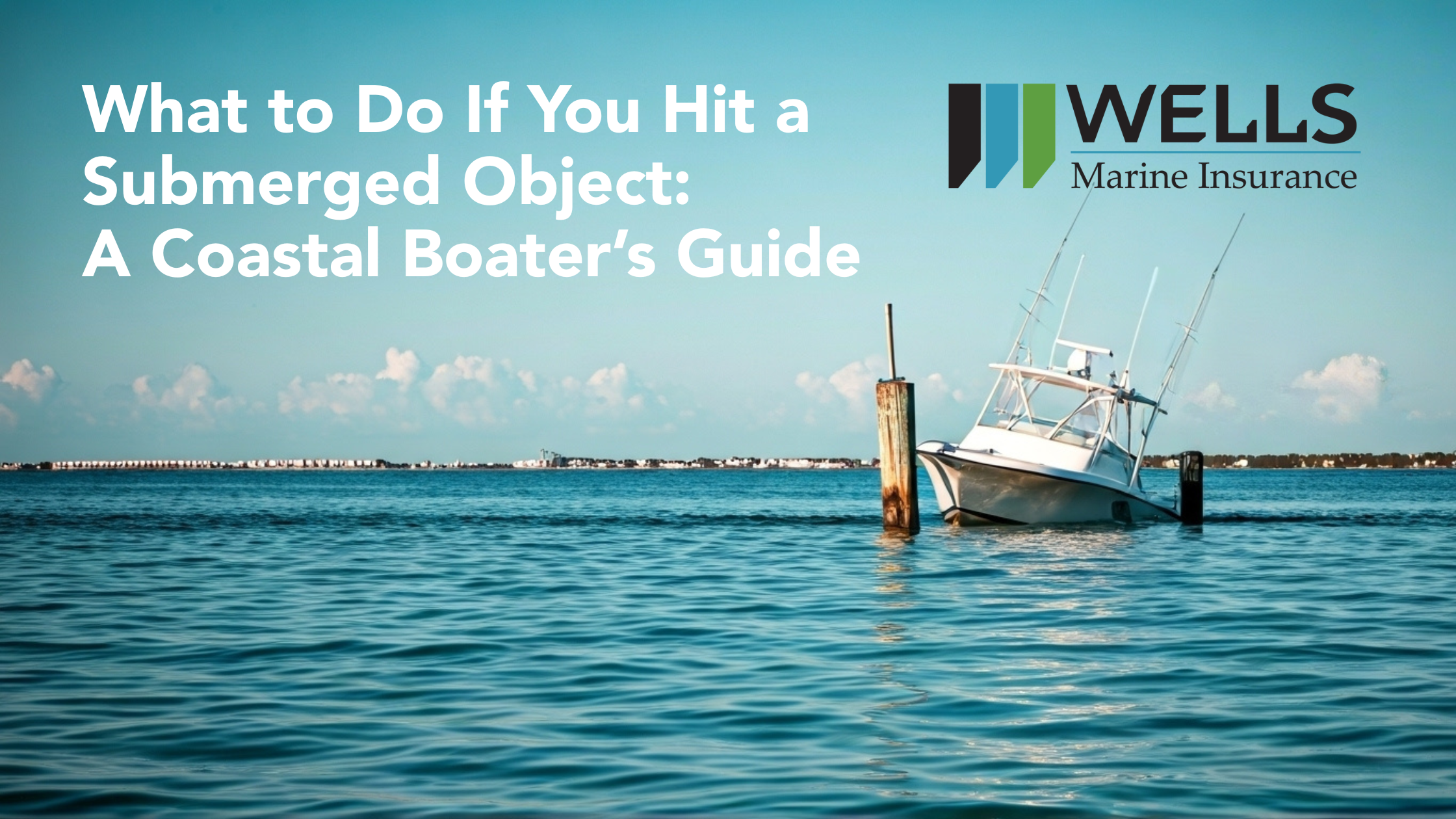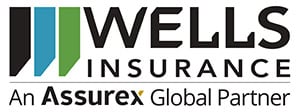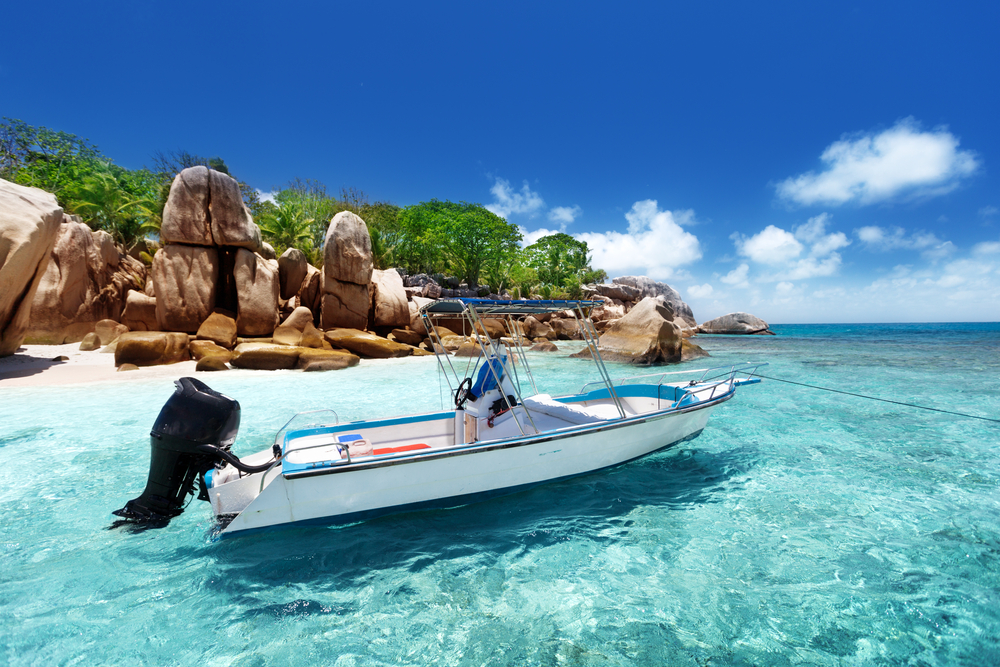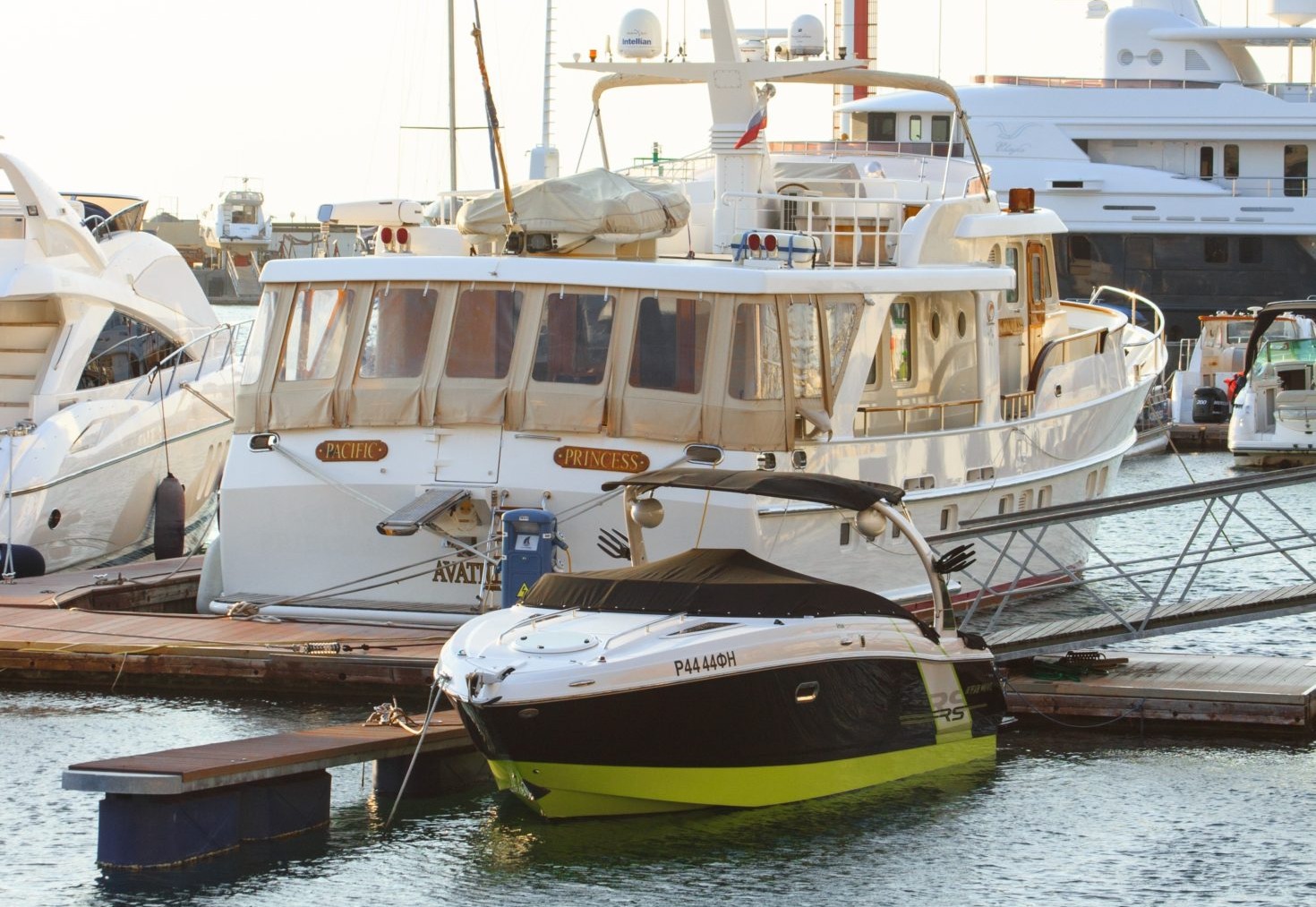What to Do If You Hit a Submerged Object: A Coastal Boater’s Guide

You’re enjoying a smooth ride down the Intracoastal or cutting across a local channel… then it happens.
A loud thud. The boat jolts. Something isn’t right.
Whether it’s a sandbar, sunken log, or leftover debris from the last storm, striking a submerged object is one of the most common — and costly — accidents for North Carolina boaters.
Knowing what to do next can make all the difference in protecting your passengers, your boat, and your wallet.
Hidden Hazards Are Everywhere on the NC Coast
The North Carolina coastline is constantly shifting. That means new dangers pop up where you least expect them:
-
Sandbars and shoals that change with storms and tides
-
Storm debris like pilings, docks, and trees
-
Oyster beds and rocks in shallow estuarine waters
-
Unmarked hazards in inlets or less-traveled backwaters
Even experienced captains get caught off guard — especially after hurricanes, nor’easters, or heavy rains that move sediment and debris.
What to Do Immediately After Impact
If you strike something below the surface, here’s what to do:
1. Stop and assess
Cut your speed immediately. Check for vibration, unusual sounds, or changes in handling. Turn off the engine if you suspect serious damage.
2. Check for leaks or flooding
Inspect the bilge and engine compartment. Turn on bilge pumps. If water is entering the boat, begin emergency safety protocols. Get lifejackets/life rafts out immediately and call for help right away.
4. Account for all passengers
Make sure everyone is okay and wearing life jackets in case evacuation is needed.
3. Call for help
Once everyone is safe, call 911 or call for an SOS on VHF channel 16 to alert the Emergency Services, US Coast Guard, and/or Water Safety Patrol.
5. Document the incident
Take photos or video of visible damage, water depth, and GPS location. If the object is visible (like a piling or log), photograph that too.
6. Contact your insurance provider
Even if you’re unsure about filing a claim, let your marine insurance provider know what happened. Early notification is often required — and may help with coverage later.
Will Insurance Cover the Damage?
It depends on your policy — and the type of damage. Here's what to keep in mind:
-
Hull coverage typically pays for structural damage caused by hitting submerged objects
-
Salvage and towing coverage helps if you need to be removed from a hazard or towed back to port
-
Emergency assistance can cover fuel delivery, jump starts, or soft ungroundings
-
Some policies exclude damage from "unseen or avoidable" hazards — check the fine print
Wells Marine Insurance tip: Keep a printed copy of your marine policy onboard and review it annually with your agent. Not all boat insurance policies offer the same protection.
Preventing Future Accidents
You can’t avoid every hazard — but you can lower your chances:
-
Always monitor local navigation updates from the Coast Guard or NC Division of Marine Fisheries
-
Take it slow in unfamiliar waters, especially after storms
- Keep a lookout. Most boat incidents occur due to a lack there of.
-
When in doubt, follow another boat that draws more than yours — they’ll usually find the deeper water!
Final Thought: Don’t Let One Mistake Sink You
Even a low-speed strike can lead to thousands in repairs — or worse, put your passengers in danger.
If you’re boating in North Carolina, having the right safety plan and insurance coverage is just as important as watching the tides.
Need a Marine Insurance Checkup?
At Wells Marine Insurance, we help NC boaters navigate risk with confidence — from flat-bottom skiffs to offshore sportfishers.
👉 Contact us today for a personalized marine policy review before your next trip.


